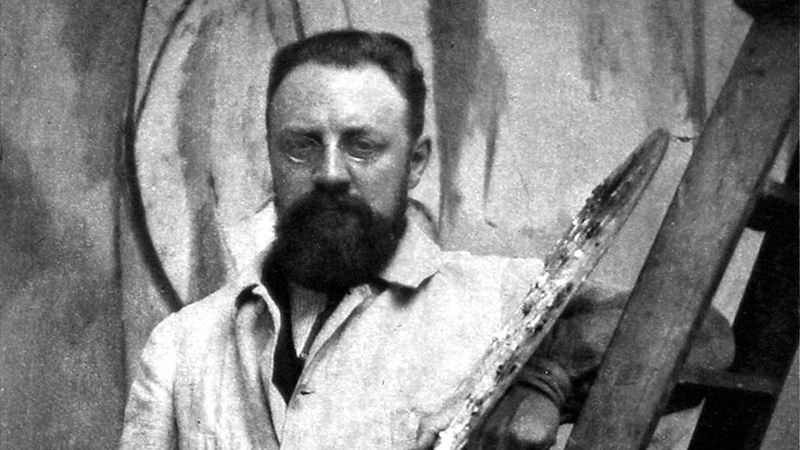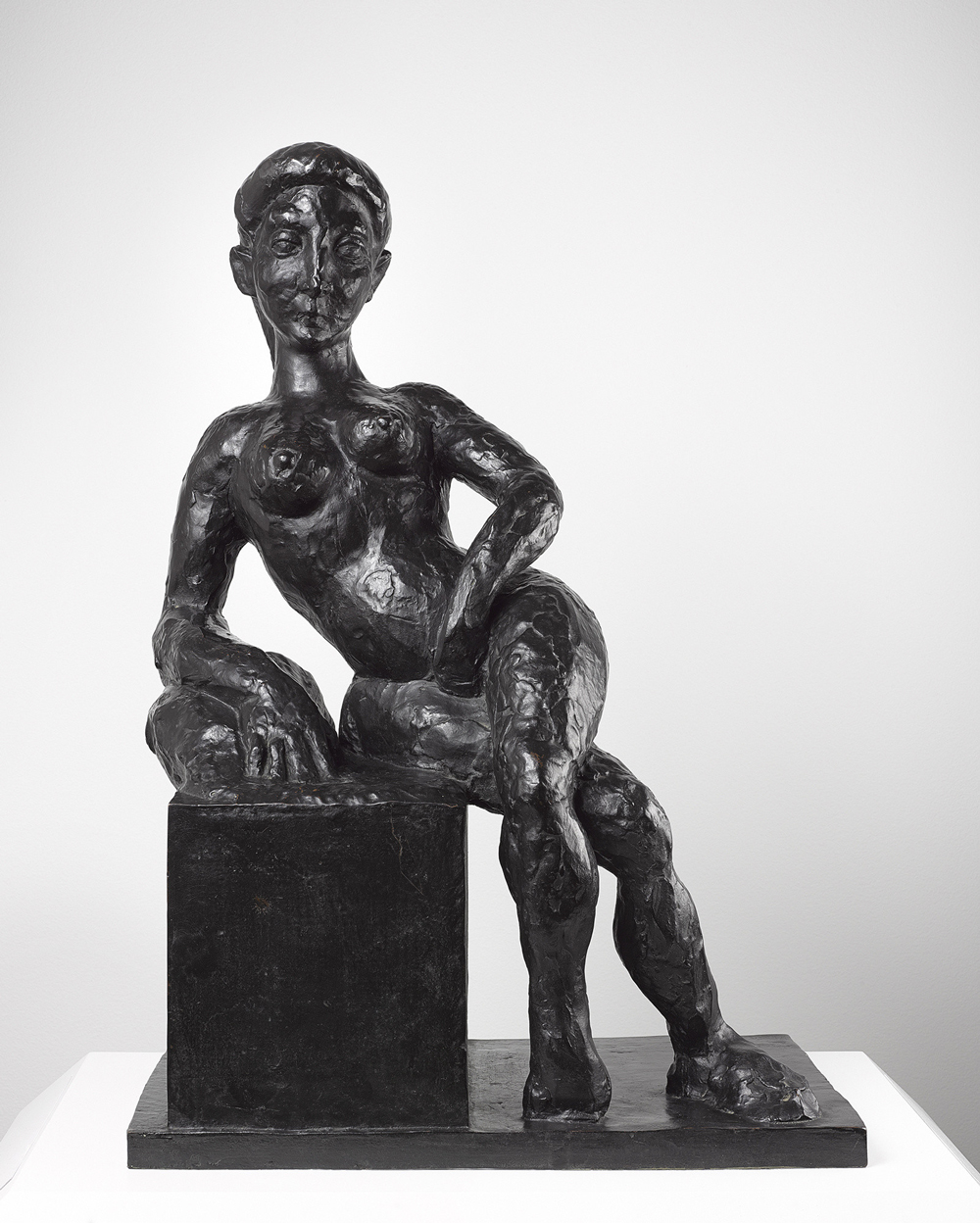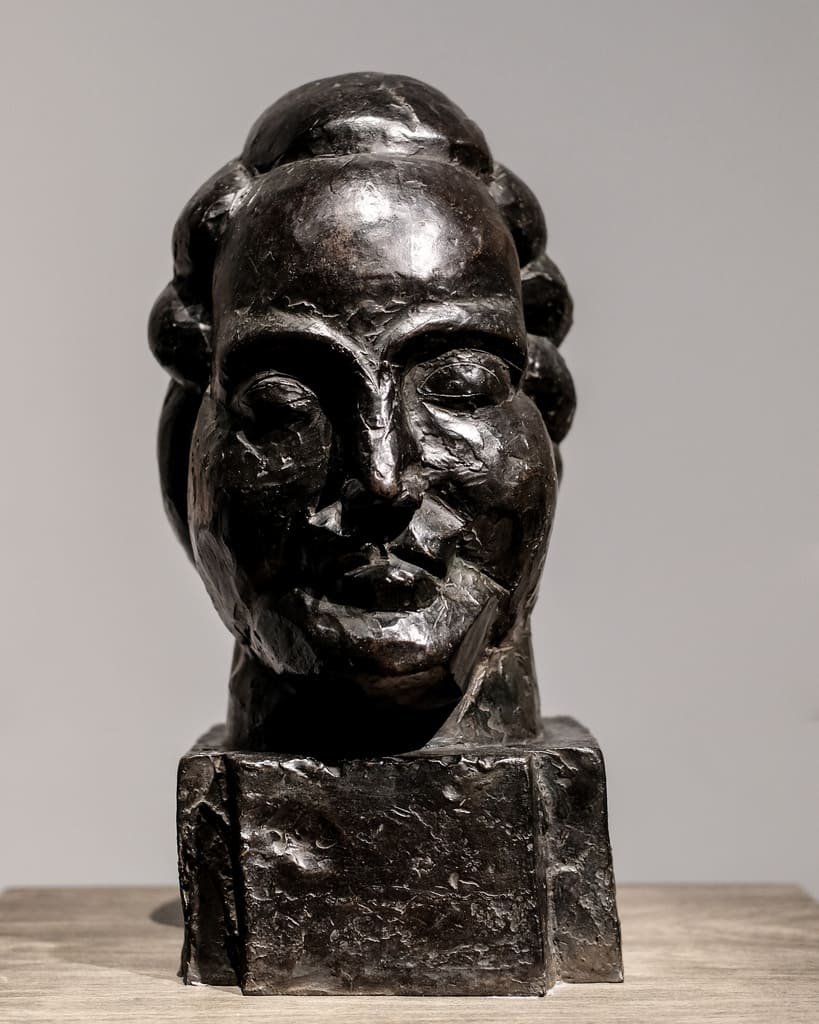Marvelous Matisse: Delighting the World with Sculptures!
Henri Matisse, the renowned French artist, is celebrated for his vibrant and captivating paintings. However, his talent wasn’t limited to the canvas alone. Matisse also delved into the world of sculptures, creating an array of mesmerizing masterpieces that continue to captivate art enthusiasts worldwide. Henri Matisse Sculptures are a testament to his creative genius and his ability to bring life and movement to three-dimensional forms. Let’s embark on a delightful journey through Matisse’s sculptures and explore the fascinating evolution of his artistic brilliance!
From Paintbrush to Chisel: Matisse’s Dazzling Artistic Evolution
Matisse initially began his artistic career as a painter, but his boundless imagination soon led him to explore the realm of sculpture. In the early 1900s, he started experimenting with clay and plaster, gradually transitioning from the two-dimensional to the three-dimensional medium. This shift marked a significant turning point in Matisse’s artistic evolution, allowing him to express his ideas and emotions in a whole new dimension.
As Matisse embraced sculpture, his innovative approach became evident in his choice of materials and techniques. He utilized a diverse range of materials, including bronze, marble, and stone, bringing a unique energy and texture to each piece. Matisse’s sculptures were characterized by their simplified forms and dynamic lines, showcasing his ability to capture movement and grace in solid structures. From his early works like “La Serpentine” to the later “The Back” series, Matisse’s sculptures reflected his ever-evolving artistic style and continued to push the boundaries of traditional sculpture.
A Playful Symphony of Forms: Exploring Matisse’s Sculptural Masterpieces
Matisse’s sculptures are a delightful symphony of forms, exuding a playful and whimsical charm. His figures often depict dancers, nudes, and animals, infused with an undeniable sense of vitality and joy. The sculptures display a remarkable sense of balance and harmony, as Matisse skillfully played with positive and negative spaces. Each piece conveys a sense of movement frozen in time, inviting the viewer to imagine the fluidity of the forms.
One of Matisse’s most iconic sculptures is “The Dance,” a bronze masterpiece that captures the exuberance and rhythm of dancers. The elongated figures intertwine in a joyous celebration of life, their graceful movements frozen in bronze. Another notable work is “The Serf,” a sculpture depicting a hunched figure that reflects Matisse’s exploration of the human condition. These sculptures, along with many others, demonstrate Matisse’s ability to infuse his artwork with emotion and a profound understanding of the human form.
Epilogue
Henri Matisse sculptures marked a new chapter in his artistic journey, where he seamlessly transitioned from painting to the world of three-dimensional art. His sculptures continue to astonish and inspire audiences worldwide with their vibrant energy and innovative forms. Matisse’s ability to capture movement, balance, and emotion in solid structures is a testament to his extraordinary talent and creative vision. Whether it’s his iconic “The Dance” or any other sculptural masterpiece, experiencing Matisse’s sculptures is an enchanting journey into a world of boundless imagination and joy.





